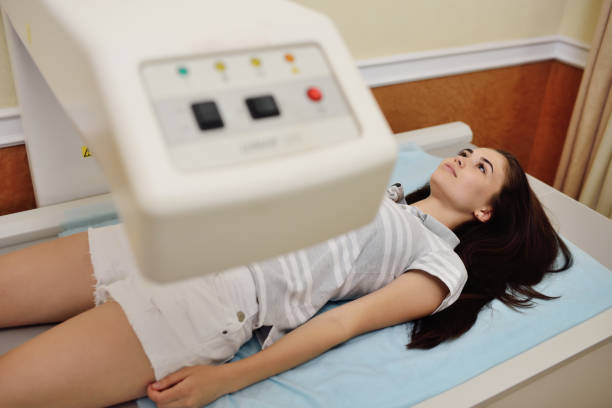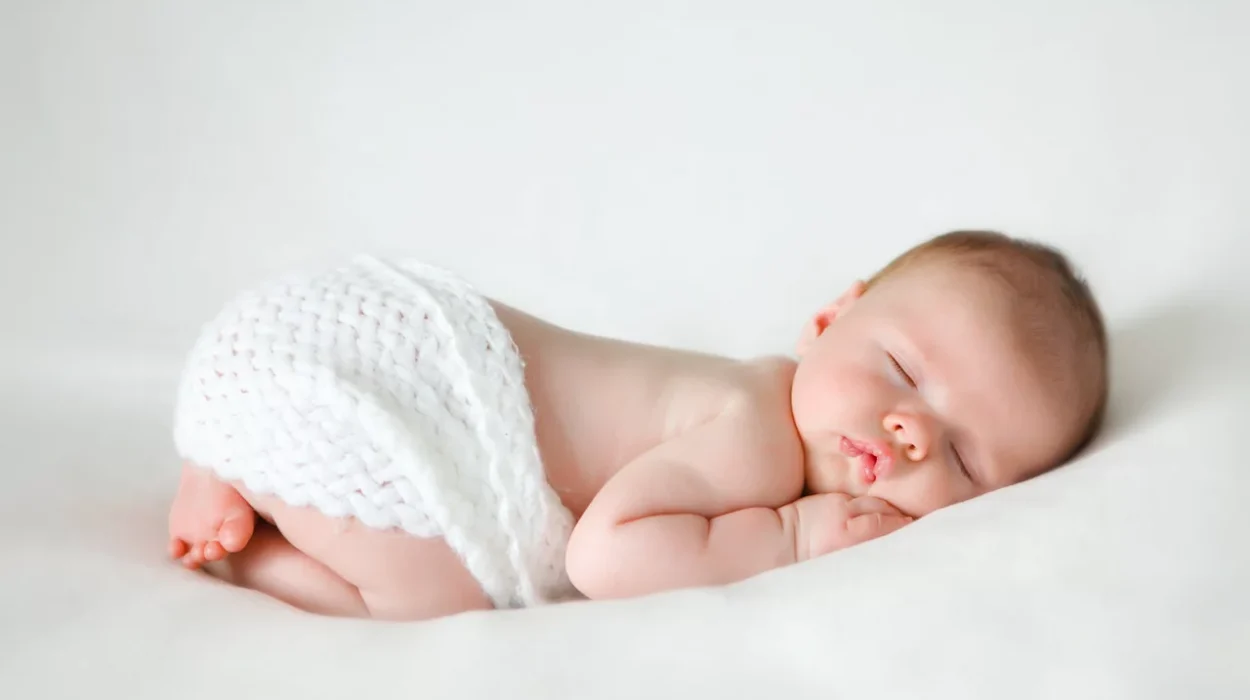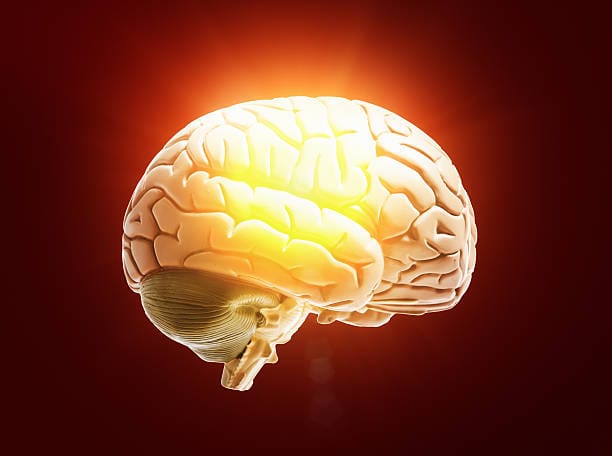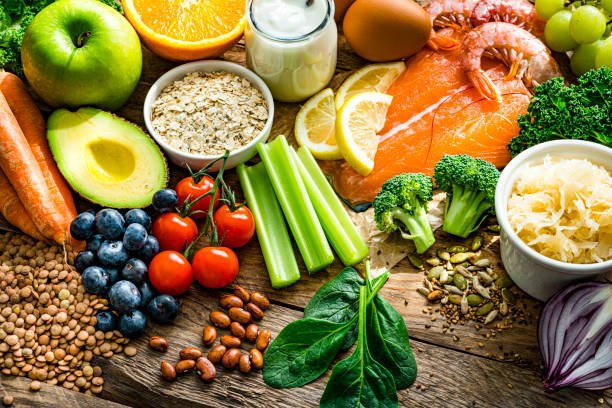Every strand of hair and every fingernail carries more information than we often realize. They don’t just exist for aesthetic appeal or function; they are silent messengers, reflecting the state of your internal health. While we often invest in shampoos, conditioners, manicures, and treatments to keep our hair and nails looking their best, the true foundation of their health lies deeper—in the food we eat every day.
The hair on your head and the nails on your fingers are made of a protein called keratin, produced in specialized cells. This process, like many in the body, is fueled by the nutrients we take in. A poor diet may not show up in your blood tests right away, but your hair may thin and your nails may become brittle. These signs don’t appear overnight, but they build gradually—like a whisper turning into a cry for help.
What follows is a journey into the biological, nutritional, and practical aspects of how food influences your hair and nails. From proteins to micronutrients, and from hydration to hormonal balance, this article unpacks how your diet could be the best salon treatment you’ve never considered.
Keratin, the Building Block of Beauty
Hair and nails may seem inert, but their roots—literally—are alive, complex, and metabolically active. The keratin that makes up your hair shafts and nail plates is a resilient protein, but to produce it effectively, your body needs the right raw materials. These materials come from the bloodstream, which in turn gets its nourishment from your digestive system.
The process begins in the hair follicles and nail matrix, which are among the fastest-growing cells in your body. But there’s a catch: since neither hair nor nails are vital organs, the body prioritizes other systems first—like your brain, heart, or immune system—when nutrients are limited. That means your diet needs to not only be sufficient but abundant in quality nutrition to ensure there’s enough left over for these so-called “non-essential” structures.
Protein: The First Line of Strength
At the heart of hair and nail health lies protein. Keratin is formed through the assembly of amino acids, the building blocks of protein. If your protein intake is consistently low—whether due to a restrictive diet, chronic illness, or poor absorption—your body will scale back keratin production.
In such cases, hair can become weak, dull, and prone to shedding. Nails might peel, become soft, or develop ridges. This doesn’t happen because your hair and nails are “sick,” but because your body has shifted into conservation mode. It’s prioritizing survival over beauty.
Interestingly, the type of protein you consume matters as well. Complete proteins—those containing all nine essential amino acids—are particularly valuable for keratin production. These are typically found in animal products like eggs, fish, poultry, and dairy, though they can also be obtained through thoughtful combinations of plant-based foods like legumes and grains for those on vegetarian or vegan diets.
Vitamins That Fuel Growth and Shine
While protein lays the foundation, vitamins act as the engineers, electricians, and foremen of hair and nail production. A diet lacking in key vitamins may not completely halt keratin production, but it will slow the process, compromise quality, and increase vulnerability to damage.
Biotin, also known as vitamin B7, plays a central role in the synthesis of keratin. Deficiencies, though rare, can lead to thinning hair, brittle nails, and even skin issues. Many people turn to biotin supplements for stronger hair and nails, and while evidence on their effectiveness in healthy individuals is mixed, they can be dramatically helpful if a deficiency exists.
Vitamin A, another key player, contributes to the production of sebum—a natural oil that keeps hair hydrated and lustrous. It also aids in cellular turnover, helping the follicles stay healthy. Too little vitamin A can lead to dry, brittle hair and nails, but excessive amounts (especially from supplements) can ironically cause hair loss and other toxicity symptoms. In nutrition, balance is everything.
The family of B vitamins, including B6 and B12, support red blood cell formation and energy metabolism, both critical for supplying oxygen and nutrients to the rapidly growing cells in your scalp and nail beds. Deficiencies can result in weak hair structure and slow nail growth.
Vitamin C is essential for collagen synthesis, which supports the hair follicles and nail beds structurally. Moreover, it aids iron absorption, another key mineral for hair growth. Without enough vitamin C, not only do nails lose their firmness, but hair can also lose its strength and sheen.
Vitamin D is sometimes called the “sunshine vitamin,” but its impact reaches well below the skin. Hair follicles have receptors for vitamin D, and it may play a role in initiating hair growth cycles. A deficiency has been linked to certain types of hair loss, such as telogen effluvium and alopecia areata. And let’s not forget that nails, though often overlooked, may also show signs of low vitamin D through poor growth or deformities.
Minerals That Fortify from Within
In the orchestra of nutrition, minerals provide the rhythm—steady, foundational, and absolutely vital. Iron, zinc, selenium, magnesium, and iodine all contribute to hair and nail health in distinct ways.
Iron is perhaps the most crucial mineral for hair growth. It’s essential for oxygen transport via hemoglobin, and low iron levels (particularly common in menstruating women or those on low-meat diets) can lead to hair shedding and thinning. Without adequate iron, your hair follicles essentially suffocate.
Zinc is involved in cell division and protein synthesis. A deficiency can lead to hair loss, slow nail growth, and even white spots or ridges on the nails. While the body doesn’t need a large amount of zinc, even a mild deficiency can disrupt keratin production.
Selenium supports antioxidant enzymes that protect hair follicles from oxidative damage, while magnesium helps maintain healthy protein structures. Iodine, via its influence on thyroid function, also plays a subtle but crucial role. The thyroid gland, when underactive or overactive, often affects both hair texture and nail strength.
Fats: The Unsung Heroes of Hydration and Shine
Fat gets a bad rap, but in the context of hair and nail health, it deserves a standing ovation. Healthy fats, particularly omega-3 fatty acids found in fatty fish, flaxseeds, walnuts, and chia seeds, help to maintain the integrity of cell membranes. This ensures proper hydration of the hair and nail cells, reducing brittleness and increasing resilience.
Moreover, fats facilitate the absorption of fat-soluble vitamins—A, D, E, and K—which, as we’ve seen, play critical roles in structural integrity and cellular health. A very low-fat diet may lead to dry scalp, lifeless hair, and cracking nails—not because of fat itself, but because of everything that goes missing when fat is removed.
Hydration and Circulation: The Fluid Connection
You can eat the most nutrient-rich diet in the world, but without proper hydration and circulation, those nutrients may never reach your hair follicles or nail beds effectively. Dehydration reduces the plasma volume in your blood, which in turn limits the supply of nutrients to peripheral tissues.
Hair and nails, being on the outskirts of the body, are among the first to suffer when hydration is inadequate. Nails may become rigid and prone to cracking, while hair might appear dry, frizzy, and dull. Drinking sufficient water throughout the day helps maintain moisture levels and facilitates the delivery of nutrients where they’re needed most.
Healthy circulation is also critical. Physical activity, adequate iron levels, and a well-functioning cardiovascular system ensure that nutrient-rich blood reaches the scalp and fingers. A sluggish circulatory system may not show up in lab results, but over time, it will reflect in the quality of your hair and nails.
Hormones, Stress, and Nutrient Demands
Hormonal shifts—due to age, stress, pregnancy, or medical conditions—can significantly impact how nutrients are processed and utilized. Cortisol, the stress hormone, has been shown to disrupt the hair growth cycle, pushing follicles prematurely into the shedding phase. It can also suppress appetite or lead to poor food choices, indirectly affecting nutrient intake.
Pregnancy, menopause, thyroid disorders, and conditions like polycystic ovary syndrome (PCOS) often alter the levels of estrogen, progesterone, and testosterone—all of which can influence hair texture, thickness, and growth rate, as well as nail strength and shape. These hormonal shifts often demand more nutrients, particularly iron, calcium, and B vitamins. A failure to adjust the diet accordingly can quickly lead to noticeable changes in hair and nail quality.
Crash Dieting and Restrictive Eating: The Beauty Toll
Perhaps one of the most overlooked causes of poor hair and nail health is extreme dieting. Whether it’s due to a fad diet, an eating disorder, or well-intentioned but misinformed nutritional advice, sudden and severe caloric restriction deprives the body of essential nutrients. Since hair and nails are non-essential for immediate survival, the body diverts energy and nutrients elsewhere.
The result? Hair thinning, slowed growth, shedding, and brittle nails. These changes often become visible two to three months after a significant diet change, which can make the cause difficult to pinpoint. Even if the body eventually recovers, it may take several months for the damage to reverse. Consistent, balanced eating—not short-term sacrifices—is the key to long-term beauty from within.
Gut Health and Nutrient Absorption
Even a perfect diet is useless if your body can’t absorb the nutrients. That’s where gut health comes in. Conditions like celiac disease, Crohn’s disease, IBS, or even long-term use of certain medications (such as proton-pump inhibitors or antibiotics) can impair nutrient absorption.
When the gut is inflamed or the microbiome is imbalanced, absorption of key nutrients—especially B vitamins, iron, and fat-soluble vitamins—may be compromised. Over time, this can lead to the same outward signs as dietary deficiency: dull, thinning hair and weak, slow-growing nails. Restoring gut health through probiotics, prebiotics, fiber, and fermented foods can make a dramatic difference in how your hair and nails respond to your diet.
The Slow Glow: Why Results Take Time
One of the most frustrating realities of hair and nail nutrition is the delay between cause and effect. Hair grows only about half an inch per month, and nails just slightly faster. That means any changes to your diet may take weeks—or even months—to manifest visibly. The cells at the base of your hair follicle or nail matrix have to complete their growth cycle before their quality can be observed.
This delay often leads people to abandon dietary changes prematurely or blame unrelated causes. But patience is key. Just as poor nutrition gradually erodes the quality of your hair and nails, good nutrition restores them—one cell, one strand, one nail plate at a time.
Conclusion: Beauty from the Inside Out
The connection between diet and external beauty is no longer just an old wives’ tale; it’s a deeply biological reality. Your hair and nails are, in a sense, reflections of your kitchen, your plate, and your daily habits. They don’t lie. If they’re thriving, it’s often because your body is nourished, hydrated, and hormonally balanced. If they’re suffering, it might be time to look inward—literally.
No topical treatment can fully compensate for a lack of nutrients. Shampoos, conditioners, and serums may offer short-term improvements, but lasting strength and vitality come from within. So the next time you marvel at someone’s glowing locks or perfect manicure, remember: their secret may not lie in a product, but in a plate filled with colorful, whole, nutrient-rich foods.
True beauty, as it turns out, doesn’t start in a bottle. It starts at the table.






